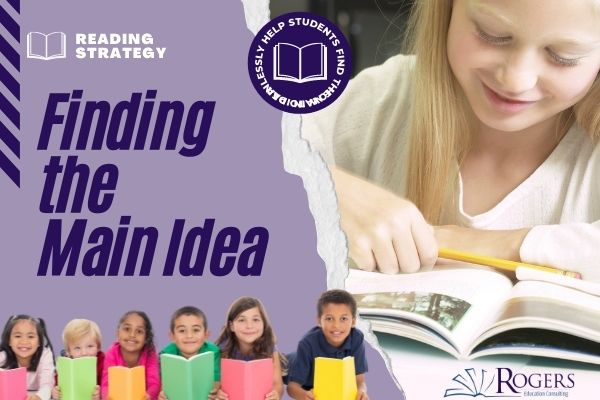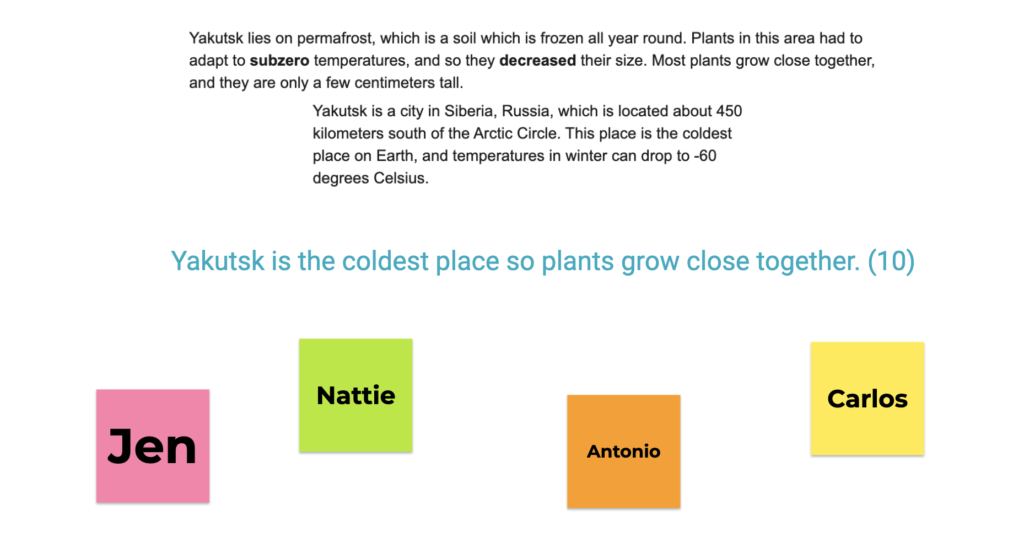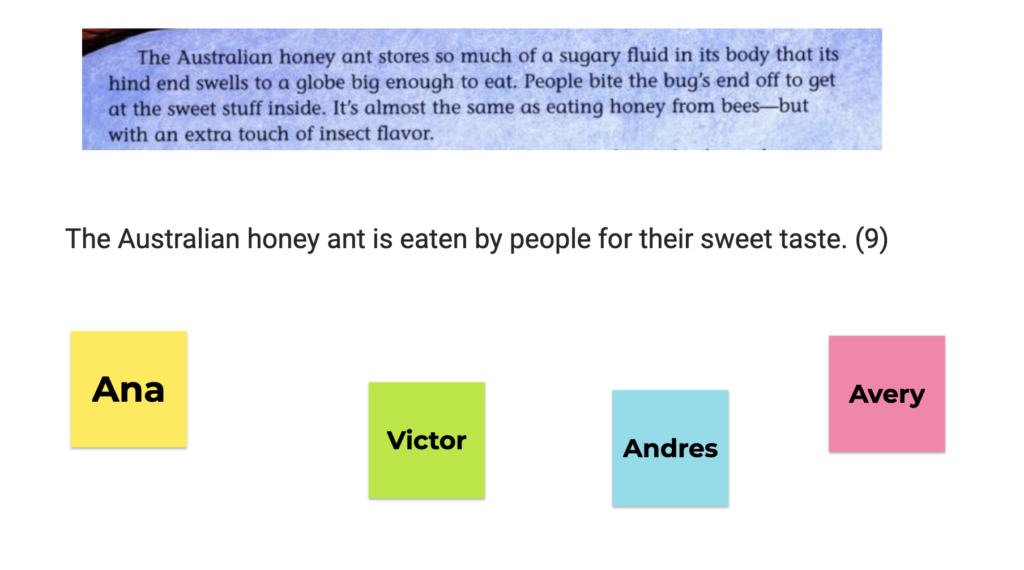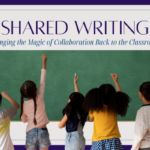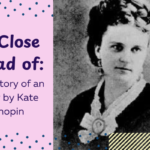Importance
The main idea is the central, or most important, idea in a paragraph or passage. Arguably, being able to identify the main idea is the most important skill for students when reading nonfiction, but it doesn’t stop there! Finding the main idea is only the first step in summarizing a text, and so being able to find the main idea should be taught simply as a step in the summarization process, and should not be the end goal. (Main Idea template to use with students)
Get the Gist
I have read that Get the GIST was first coined by Cunningham in the early eighties and it is an acronym for Generating Interactions between Schemata and Texts. This has always been my preferred way to teach finding main idea to 2nd graders or 12th graders, but until now, I was unaware that GIST was an acronym! I do know that there have been a handful of studies that have shown a dramatic increase in students’ reading ability when taught the Get the Gist strategy. So here it is:
- Chunk the Text – Simply put – this just means divide the text into manageable chunks that seem to go together. However, there is so much debate in this first step! The debate isn’t that the text should or should not be chunked, but is around WHO should do the chunking. Should the teacher chunk the text into manageable pieces or the student? My advice: use your professional knowledge. Teachers know things and should be trusted! Ultimately, of course, we want all students to be able to chunk a text themselves. However, this has to be taught and practiced. So, if YOU chunk the text for the students, at the very least explain how you did it. Even better, model the steps for how you did it. There is not one right way to chunk a text. (Read that again – it’s important!) Many times, paragraphs will be the natural stopping place, but sometimes there is dialogue or a few paragraphs that can be chunked together. Once I have the places for students to stop, I use star stickers to indicate the chunk of text.
- Locate the Subject – the “who” or “what” the chunk of text is focused on. In groups, students will read an assigned chunk of text. I am very serious about having students work in groups, because conversation is the best teaching tool. And, yes, students working in groups is also the tool that drives teachers nuts. There will be arguments, there will be kids not interacting, there will be quiet groups, etc. However, I stand by the importance of discussion and so I spend time teaching students how to have the academic conversations that I expect. I sometimes assign each group a different part of the text so we can come back together and string our “gist statements” together to write a summary for the entire piece. However you assign the chunks of text, the students need to read it and decide who or what the paragraph is about. If it is a paragraph on North America, then “North America” is the what. If it is a paragraph about Ms. Rogers, then “Ms. Rogers” is the who.
- Did What? – why is the “who” or the “what” important? Now that the students know “who” or “what” the text is about, they have to explain what is so important about the “who” or the “what”. They must do this in ten words or less and it must be a complete sentence. Here is where the discussion part is so important. If the “what” is North America, that counts as one word, even though it’s technically two. They would then have nine words to explain what was so important about North America. The resulting sentence is the main idea of that chunk of text.
How do you teach students to find the main idea?
